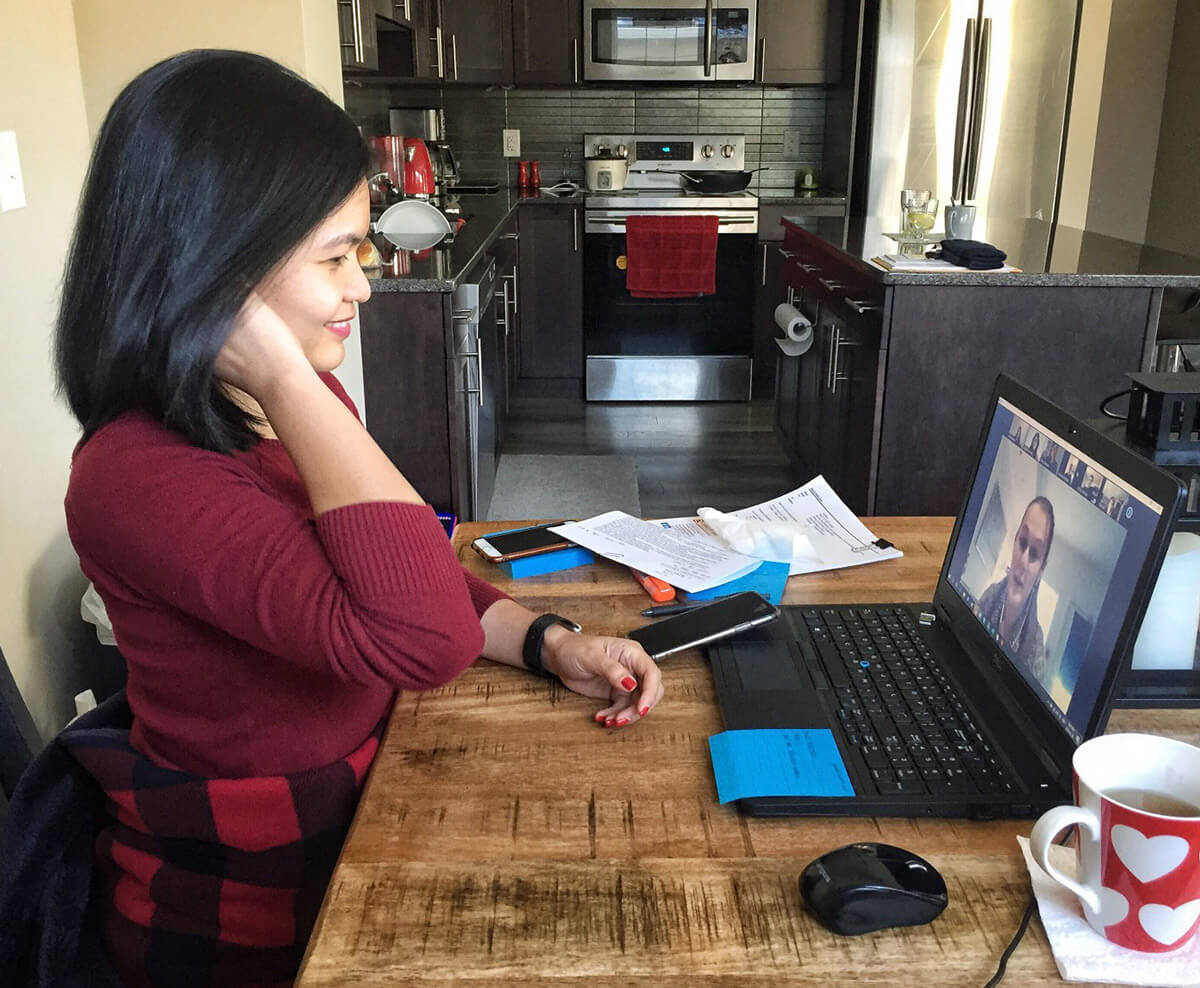5 Tips to Make Virtual Therapy a Success: A Guide for Therapists
Our virtual world has been rapidly expanding over the past two decades. This has lead to a number of convenience shifts, including working remotely, socially connecting over the Web, distance coaching of all different types, and telehealth services helping to meet our medical needs from afar. Following suit, virtual counseling has been on the rise over the past few years.
Now, with the COVID-19 pandemic, the need is real and it is immediate. And authorities are opening the gates to facilitate the accessibility and workability of this virtual mode of mental health services. This is such a positive direction for the field of mental health and counseling. But it takes some getting use to. It’s an adjustment for both counselors and their clients. How do we create a powerful therapeutic experience with powerful results through virtual video counseling and therapy?
5 Tips for Therapists
Incorporating virtual counseling services into your practice can feel like a significant transition. “Meeting and greeting” your clients looks totally different. They haven’t been sitting in your cozy waiting room taking a few moments to think about the session and what they want it to look like. The waiting room can be a place of calm preparation, even if unconsciously. So how do we start a session with someone in their home, office, or car? How can that be transformed into a therapeutic space? How do we convey the same ease, warmth, empathic attunement, engagement, and sometimes intensity? And how do we deal with the technology? Video sessions can be clunky if you or your client’s internet connection is unstable. And that feels terrible, or at least really disruptive. How do we maintain the flow when we are missing some of what is being said? We all know it just isn’t the same as being in the room with your client. So how do we wrap our therapeutic presence and style around this new platform?
Choose Your Platform
Different platforms seem to work for different therapists. There are a bunch out there. Test your platforms with colleagues and family before using them with your clients. Right now, during COVID-19, you do not have to use a HIPPA compliant platform, but we want to keep our clients therapy confidential at all costs. So, choose a HIPPA compliant platform anyway. Don’t just use the most convenient platform. In the end, you will enjoy using one single platform that you can get to know more intimately, so that you can use it’s features to enhance your experience and the therapeutic experience of your clients’.
Many counselors use pictures, drawings, and other visuals as therapeutic tools in their sessions. There are ways to do this virtually (split screen for instance), but you will need to know how your platform works in order to utilize these features and help your clients to do the same. It is worth your time investment to really put some effort into choosing your “venue.”
Even if you are already using a platform, you might consider exploring others so that you can find the best one for your needs. This is not a short-term “patch-up kit” for counselors. Post COVID-19, this is likely to become a wide-spread delivery mode for therapeutic services now and in the future. Getting comfortable with it will help you to feel good about the quality of therapy you are delivering to your clients!
Create a Space
Regardless of where you are doing your sessions, create a space that feels like a professional, therapeutic space for you. During this COVID-19 pandemic, if you can’t go into your office or feel safer staying put, set up a little office area in your home in a place that is quiet and distraction-free. Create the ambiance you desire, including environmental cues that this is the space for the work you do (including sounds, scents, and visuals that are meaningful for you). Use this space consistently to create familiarity and a grounded place for you to do your work.
Take a moment to mentally and energetically enter your space, think about your next client and the work you have been doing and the work in front of you, and make yourself available for yourself and your client. When this COVID-19 season is ended, you will likely still be doing virtual sessions as we move into the future. When possible, go to your regular office to do your therapeutic work. This will enhance your sense that you are in the space where you do your craft.
Be Natural and Transparent
Your clients need you to be a non-anxious presence for them. Create an energetic ease around this transition to virtual counseling/therapy. Just be honest about the newness of it all and make it okay for it to be imperfect. Use humor and other natural personality characteristics to talk about the unique experience of virtual counseling. What a great model for your clients! We are going to have to figure it out together, which is what we are always doing anyway with our clients as we are creating a unique therapeutic alliance with each of them. Craft it together; figuring out what is working for each of you.
Deal with Disruptions Immediately
Sometimes we will let internet disruptions go on for a while hoping it will get better. If you are having trouble, don’t wait long to call that out and find a fix (like using video while on the phone together for audio). The platform you use should be very clean, with minimal disruption. If you are missing some of what your client is saying, ask them to repeat it in a way that shows intense interest in them and what they are trying to communicate. It will feel so good to your clients to discover that you are hanging on their every word; not wanting to miss anything.
Do What You Always Do!
More than anything, keep doing what you have always done! If you focus on mindful awareness, do those exercises over the screen. When you help clients be in tune with their bodies and work with them on their somatic awareness, help them do this somatic work in their own environment. If you are working with anxiety and are modeling anti-anxiety skills, do this through video therapy. If you use drawings and other visuals to help your client make new connections, you can do this with virtual counseling. And if you work with couples and children, coming into their home environment can be powerful! It is easier to create change in the safety of the counseling office. But what happens when you bring that safety into the home? What kind of changes might you see? There are some wonderful possibilities there!
So, whatever your modality, style, interventions, or treatment strategies, bring it all to the screen! You’d be surprised how well this can all translate through virtual counseling.




